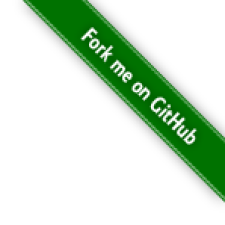Alife simulation of a creatures with various shapes, body parts and run by a neural network.
Alife simulation of a creatures with various shapes, body parts and run by a neural network.

Third version of Cambrium, now in js. Creatures have bodies made out segments and can be mirrored over their axis and over rotation. Mouths, Tails and Eyes are placed randomly and are connected through a neural network that evolves using evolution but with a short cut.
Controls: Drag to pan • Scroll to zoom • Click creature to follow • Space to pause • R to reset view • F for fullscreen
downloadable files:
| cambrium.zip | Original implementation in Delphi/Windows |